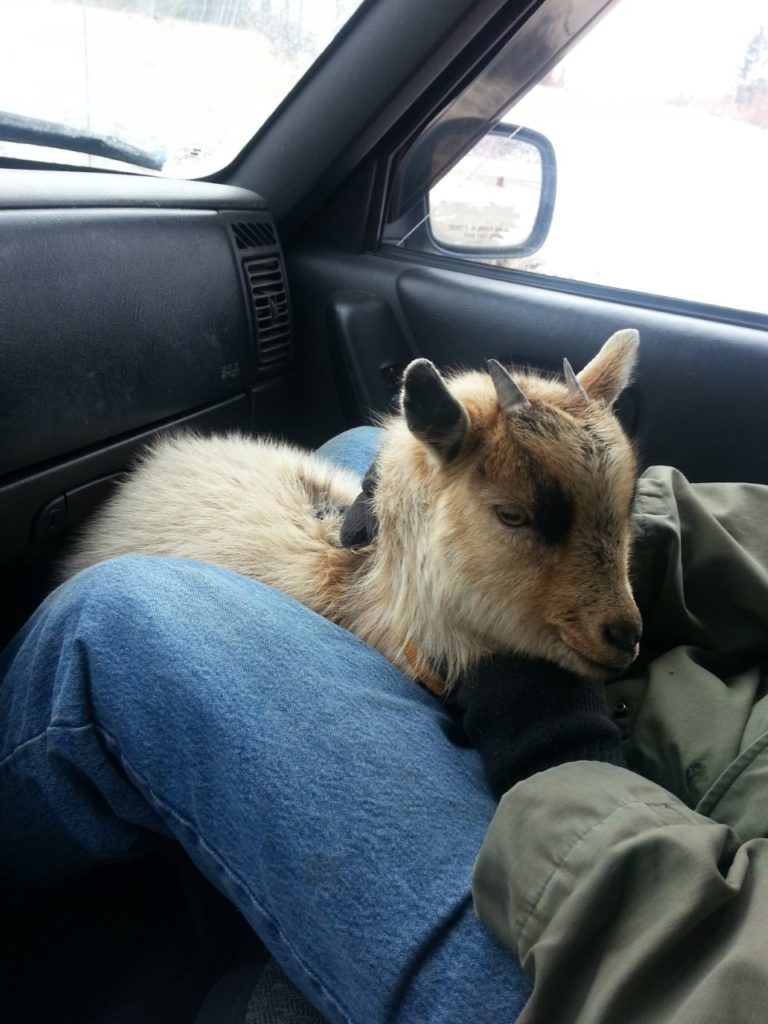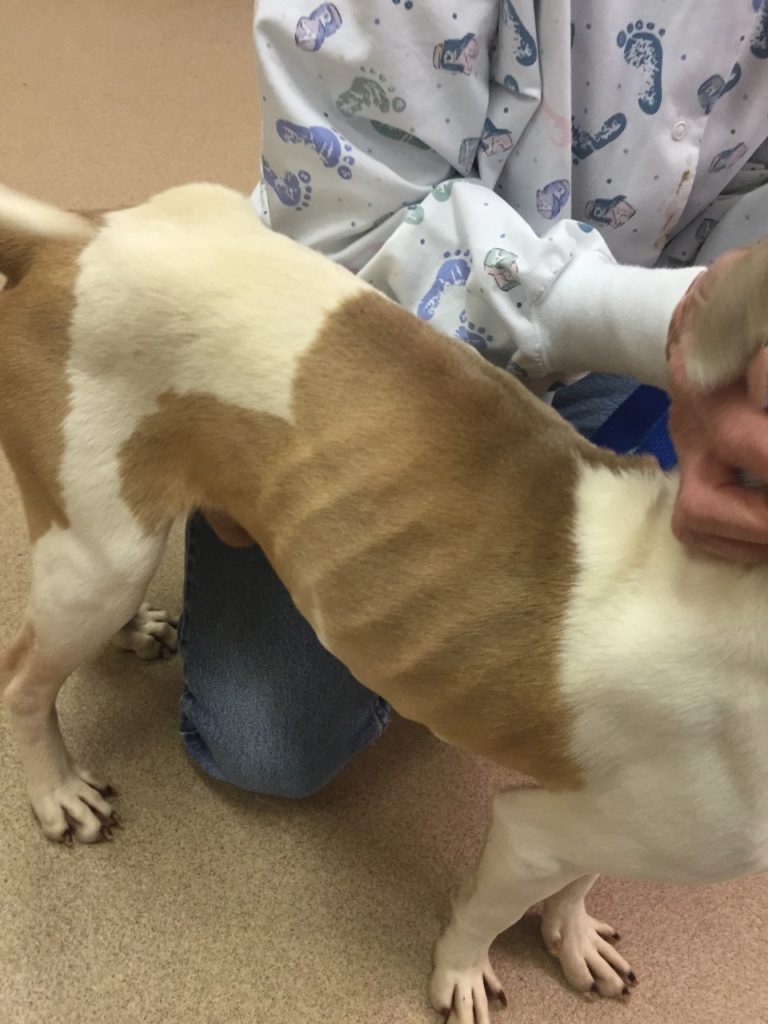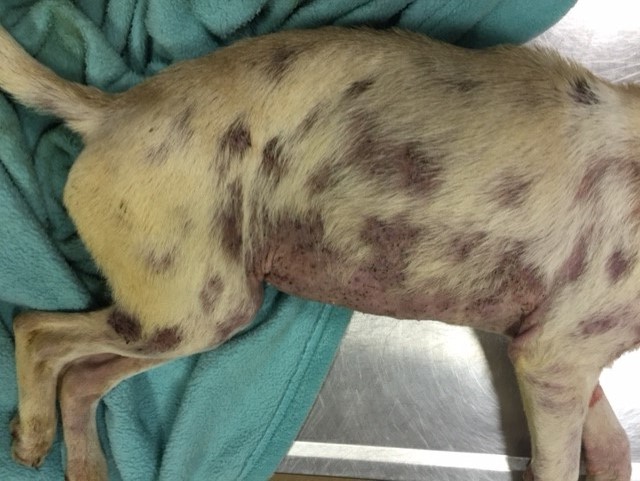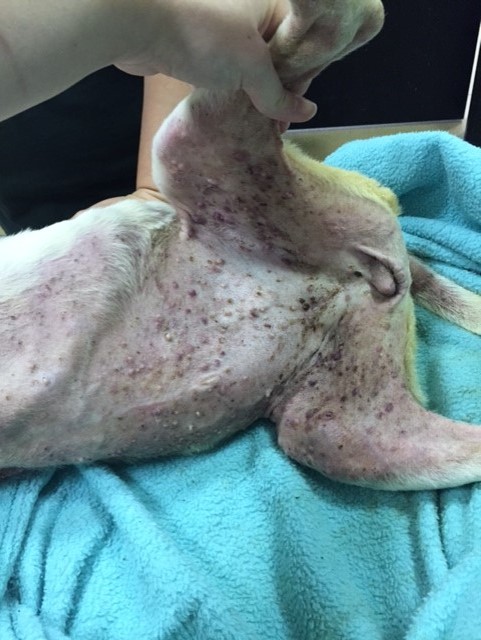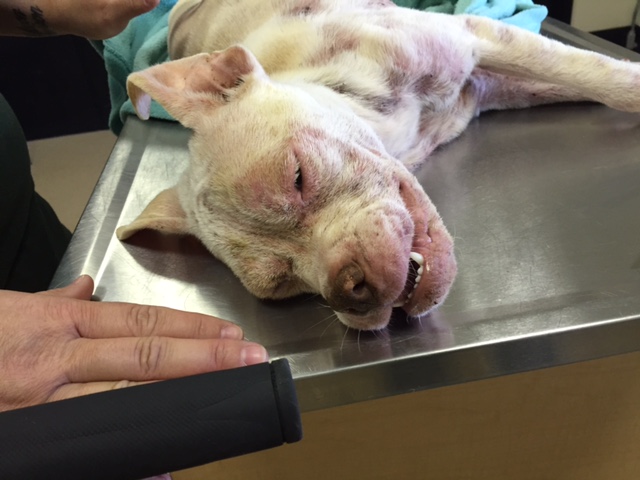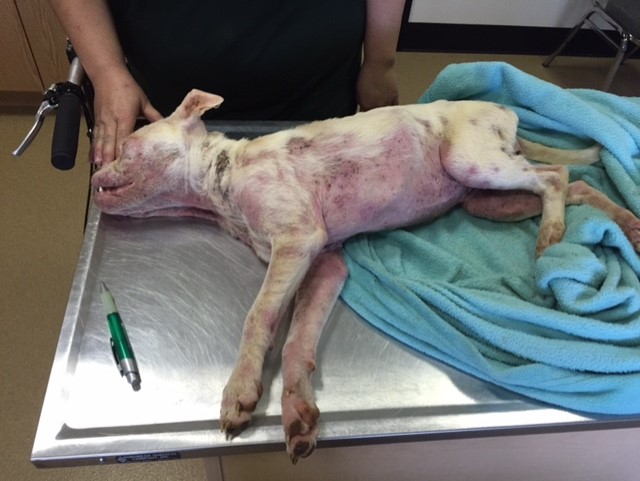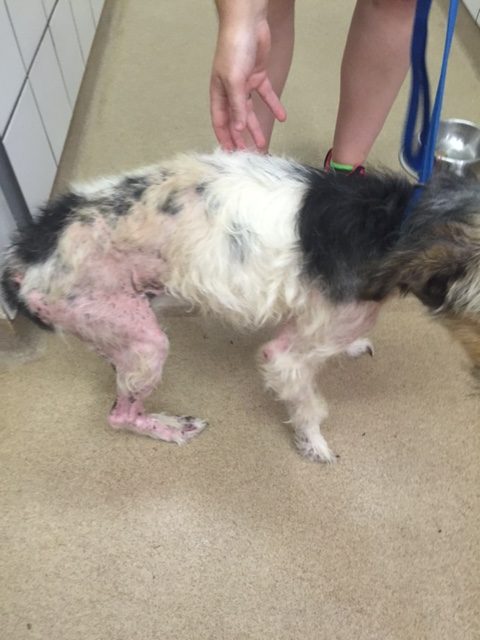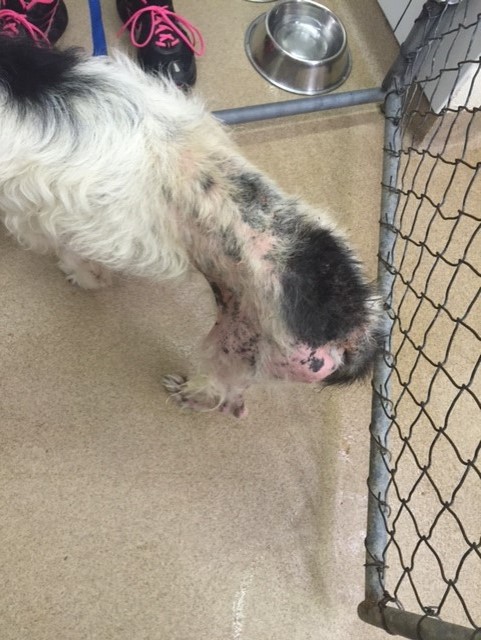The shocking number of animal cruelty cases reported every day is just the tip of the iceberg—most cases are never reported. Unlike violent crimes against people, cases of animal abuse are not compiled by state or federal agencies, making it difficult to calculate just how common they are. However, we can use the information that is available to try to understand and prevent cases of abuse.
Who abuses animals?
Cruelty and neglect cross all social and economic boundaries and media reports suggest that animal abuse is common in both rural and urban areas.
- Intentional cruelty to animals is strongly correlated with other crimes, including violence against people.
- Hoarding behavior often victimizes animals. Sufferers of a hoarding disorder may impose severe neglect on animals by housing far more than they are able to adequately take care of. Serious animal neglect (such as hoarding) is often an indicator of people in need of social or mental health services.
- Surveys suggest that those who intentionally abuse animals are predominantly men under 30, while those involved in animal hoarding are more likely to be women over 60.
Most common victims
The animals whose abuse is most often reported are dogs, cats, horses and livestock. Undercover investigations have revealed that animal abuse abounds in the factory farm industry. But because of the weak protections afforded to livestock under state cruelty laws, only the most shocking cases are reported, and few are ever prosecuted.
Organized cruelty
Dogfighting, cockfighting and other forms of organized animal cruelty go hand in hand with other crimes, and continues in many areas of the United States due to public corruption.
- The HSUS documented uniformed police officers at a cockfighting pit in Kentucky.
- The U.S. Drug Enforcement Agency has prosecuted multiple cases where drug cartels were running narcotics through cockfighting and dogfighting operations.
- Dozens of homicides have occurred at cockfights and dogfights.
- A California man was killed in a disagreement about a $10 cockfight bet.
The HSUS’s investigative team combats complacent public officials and has worked with the FBI on public corruption cases in Tennessee and Virginia. In both instances, law enforcement officers were indicted and convicted.
Correlation with domestic violence
Data on domestic violence and child abuse cases reveal that a staggering number of animals are targeted by those who abuse their children or spouses.
- There are approximately 70 million pet dogs and 74.1 million pet cats in the U.S. where 20 men and women are assaulted per minute (an average of around 10 million a year).
- In one survey, 71 percent of domestic violence victims reported that their abuser also targeted pets.
- In one study of families under investigation for suspected child abuse, researchers found that pet abuse had occurred in 88 percent of the families under supervision for physical abuse of their children.
To put a stop to this pattern of violence, the Humane Society Legislative Fund supported the Pets and Women’s Safety (PAWS) Act, introduced to Congress in 2015 as H.R. 1258 and S.B. 1559. The PAWS Act would give victims of domestic abuse means to escape their abusers while keeping their companion animals safe—many victims remain in abusive households for fear of their pets’ safety.
State legislative trends
The HSUS has long led the push for stronger animal cruelty laws and provides training for law officials to detect and prosecute these crimes. With South Dakota joining the fight in March of 2014, animal cruelty laws now include felony provisions in all 50 states.
First vs. subsequent offense
Some state laws only allow felony charges if the perpetrator has a previous animal cruelty conviction. Given that only a fraction of animal cruelty acts are ever reported or successfully prosecuted, the HSUS is committed to supporting felony convictions in cases of egregious cruelty regardless of whether the perpetrator has a prior conviction.
- 46 of 50 states’ felony provisions are first-offense provisions.
- Four states (Pennsylvania, Ohio, Iowa and Mississippi) have laws that apply felony charges only to subsequent offenses.
- A majority of anti-cruelty laws are limited to cases involving aggravated cruelty, torture or cruelty to companion animals.
Changes in federal tracking
On January 1, 2016, the FBI added cruelty to animals as a category in the Uniform Crime Report, a nationwide crime reporting system commonly used in homicide investigations. While only about a third of U.S. communities currently participate in the system, the data generated will help create a clearer picture of animal abuse and guide strategies for intervention and enforcement. Data collection covers four categories: simple/gross neglect, intentional abuse and torture, organized abuse (such as dogfighting and cockfighting) and animal sexual abuse.
Sources: humanesociety.org



